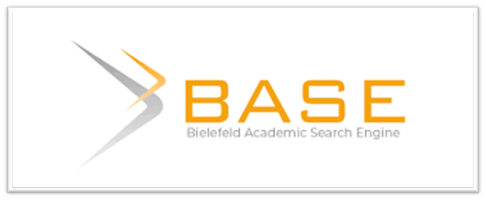THE ANIMUS OF THE MAIN CHARACTER IN “GIRL MANS UP” NOVEL BY M-E GIRARD
DOI:
https://doi.org/10.33884/basisupb.v10i2.7846Keywords:
Analytical Psychology, Archetype, Animus, Archetypal Approach, Archetypal Pattern, AnimusAbstract
This research is conducted to discover the animus of a masculine girl in the novel titled “Girl Mans Up” written by M-E Girard. This research applies an analytical psychology approach, specifically archetypal approach with the concept of animus archetype proposed by Carl Jung. Animus is the masculine qualities or traits in females’ psyche, in opposition with her outer appearance. This research focuses on the stages of the animus development of the main female character whose outer appearance was not feminine. The research method used is descriptive qualitative method. To collect and analyze the data, the researchers use library research method. There are two types of data, which are primary and secondary. Primary data are collected from the novel and secondary data are collected from books and articles related to animus to support the research. The analysis shows that the main character’s animus was on the first and second stage of development, with three data for Man of Power stage and six data for Man of Action stage, and that gender expression does not fully signify the person’s psychological traits.
References
Abrams, M. H., & Harpham, G. G. (2015). A glossary of literary terms (11th ed.). Cengage Learning.
Azumurana, S. O. (2020). Carl Jung’s concepts of the anima and the animus, and the artifice of stereotypical gender constructions in Aidoo’s Changes: A Love Story. UNILAG Journal of Humanities, 8(1), 17–39.
Creswell, J. W., & Creswell, J. D. (2018). Research design: Qualitative, quantitative, and mixed methods approaches (5th ed.). SAGE Publications.
Girard, M.-E. (2016). Girl Mans Up. HarperCollins.
Jung, C. G. (1969a). The collected works of C. G. Jung: Vol. 9 pt. 1. The archetypes and the collective unconscious (G. Adler & R. F. C. Hull (eds.); 2nd ed.). Princeton University Press.
Jung, C. G. (1969b). The collected works of C. G. Jung: Vol. 9 pt. 2. Aion: Researches into the phenomenology of the self (G. Adler & R. F. C. Hull (eds.)). Princeton University Press.
Jung, C. G. (2012). Introduction to Jungian psychology: Notes of the seminar on analytical psychology given in 1925. In S. Shamdasani (Ed.), Introduction to Jungian Psychology. Princeton University Press.
Jung, C. G., Franz, M.-L. von, Henderson, J. L., Jacobi, J., & Jaffé, A. (1964). Man and his symbols (Carl G. Jung, M.-L. von Franz, & J. Freeman (eds.)). Anchor Press.
Jung, E. (2004). Animus and anima: Two essays. Spring Publications.
Karkun, S., & Tiwari, A. K. (2022). Women and brains go together: Mapping Sophia Kovalevsky’s animus in Alice Munro’s “Too Much Happiness.” Journal of International Women’s Studies, 24(1). https://vc.bridgew.edu/jiws/vol24/iss1/29
Pertiwi, D. K. (2021). Anima and animus personality of the main characters as seen in Collins’ The Hunger Games: An archetypal study. Komunikata, 1(3), 1–11.
Purba, N., & Ambalegin. (2020). The images in “Maleficent” novel by Elizabeth Rudnick. Linguistic, English Education and Art (LEEA) Journal, 3(2), 506–519. https://doi.org/10.31539/leea.v3i2.1285
Rowland, S. (2019). Jungian literary criticism: The essential guide. In Jurnal Penelitian Pendidikan Guru Sekolah Dasar (Vol. 6, Issue August). Routledge.
Sari, Y. P., & Putra, E. E. (2021). Archetypal images reflected in Dracula novel by Bram Stoker. Jurnal Basis, 8(2), 165–172. https://doi.org/10.33884/basisupb.v8i2.3848
Stein, M. (1998). Jung’s map of the soul: An introduction. Open Court.
Wilchins, R. (2019). Gender norms & intersectionality: Connecting race, class, & gender. Rowman & Littlefield International.
Zed, M. (2023). Metode penelitian kepustakaan (6th ed.). Yayasan Obor Indonesia.













 JURNAL BASIS (BAHASA DAN SASTRA INGGRIS)
JURNAL BASIS (BAHASA DAN SASTRA INGGRIS)
